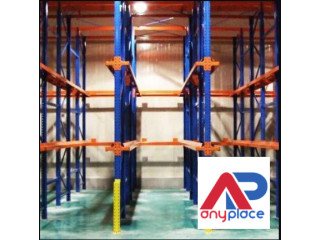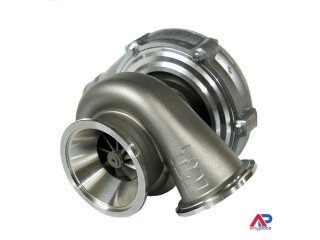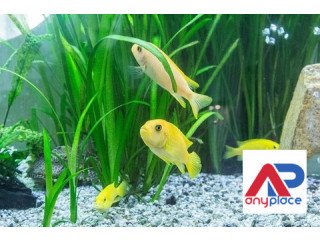Evaporator
2022-04-21 06:46 Phones & Tablets Sahāranpur 535 views Reference: 896Location: Sahāranpur
Price: Contact us
Evaporator is an important component together with other major components in a refrigeration system such as compressor, condenser and expansion device. The reason for refrigeration is to remove heat from air, water or other substance. It is here that the liquid refrigerant is expanded and evaporated. It acts as a heat exchanger that transfers heat from the substance being cooled to a boiling temperature.
Evaporator Construction Types
There are three types of Cooler Evaporator. construction that are commonly being used today:
Shell and Tube Type Evaporator and Plate Surface construction have the entire surface in contact with the evaporating refrigerant inside. Finned construction are bare-tube coils upon which fins(metal plates usually Aluminium) are being installed. A more detailed discussion on this type of design will be provided here.
Finned Evap.
The fins are added to the bare-tube to increase the heat transfer capability. They act as heat collector that pick up heat from the surrounding air and conduct it to the refrigerant inside the tube hence improving the efficiency in cooling the air of the surrounding. They are best used in the air-cooling space where the temperature is around 34°F. Having fins mean the surface area for heat transfer has been extended. This means that the finned coils can have more compact in design compared to the bare-tube type of similar capacity. In summary, finned coils help to reduce coil cost, size and weight.
Thermal Contact and Fin Spacing
Good thermal contact between the fins and tubes is a must to ensure efficient heat transfer. They can be soldered together. The other more practical method is to expand the fins by pressure such that they bite into the tube surface hence a good thermal contact is established.The spacing of the fin depend on the operating temperature of the coil. Low temperature application uses only 1 fin. In air conditioning application, 14-16 fins per inch may be used as long it is designed in such a way that frost does not accumulates in the coils.Excessive finning may reduce the capacity of the evap. by restricting the flow of air over the coil hence the design engineers must do a proper system calculation and simulation at design stage.
Another essential part for a cooling system is a Condenser. In a cooling cycle of a refrigeration system, heat is absorbed by the vapor refrigerant in the evaporator followed by the compression of the refrigerant by the compressor. The high pressure and high temperature state of the vapor refrigerant is then converted to liquid at the cond. It is designed to condense effectively the compressed refrigerant vapor.
There are basically three types of condensing unit depending on how the heat is removed by the condensing medium which is usually water, air or a combination of both.
Air-Cooled types are usually used in the residential and small offices applications. They are used in small capacity systems below 20 tons. The advantages of using this design include not having to do water piping, not necessary to have water disposal system, saving in water costs and not much scaling problems caused by the mineral content of the water. It is also easier to install and has lower initial cost. There isn't much maintenance problems.The disadvantages are that it requires higher power per ton of refrigeration, has shorter compressor life and on days when most cooling is required, the least is available.














